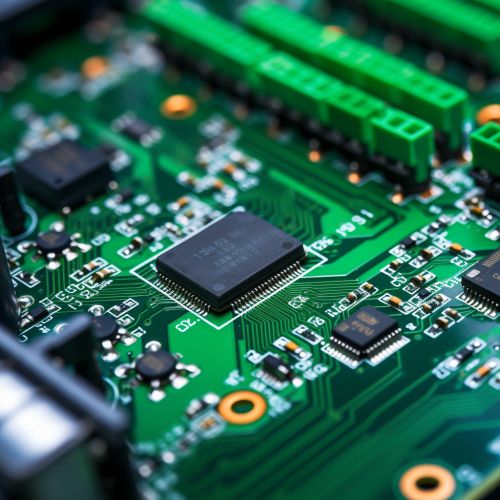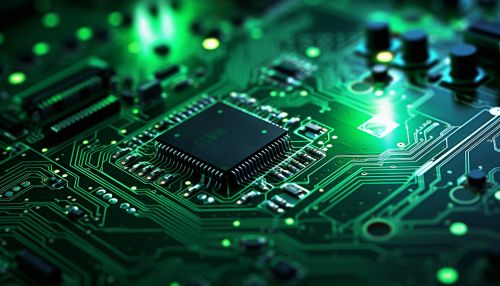Circuit Design
Introduction
Circuit design is a fundamental aspect of electrical engineering, involving the creation of electronic circuits to achieve a specific function. This process encompasses several steps, including the initial concept, design, simulation, and testing. The complexity of the circuit can range from a simple resistor network to a highly complex integrated circuit.
Basic Concepts
Circuit design begins with the identification of the required function, which can be anything from amplifying a signal to performing complex computations. The design process then involves selecting the appropriate electronic components and arranging them in a way that achieves the desired function.


Components
Electronic circuits are composed of various components, each with specific properties and functions. These include resistors, capacitors, inductors, diodes, and transistors, among others. The choice of components depends on the requirements of the circuit, such as the operating frequency, power consumption, and physical size.
Circuit Analysis
Circuit analysis is a crucial part of circuit design, allowing designers to predict the behavior of a circuit before it is built. This involves applying mathematical techniques to calculate quantities such as voltage, current, and power in different parts of the circuit.
Design Process
The design process of electronic circuits involves several steps, each requiring a different set of skills and tools.
Conceptual Design
The first step in circuit design is the conceptual design, where the designer identifies the function that the circuit needs to perform and outlines a basic approach to achieve this.
Schematic Design
Once the conceptual design is complete, the designer moves on to the schematic design. This involves creating a detailed diagram, or schematic, of the circuit, showing all the components and how they are connected.
Simulation
After the schematic is complete, the designer can use software tools to simulate the behavior of the circuit. This allows the designer to verify that the circuit will perform as expected, and to identify and correct any problems before the circuit is built.
Prototyping and Testing
The final step in the design process is prototyping and testing. This involves building a physical version of the circuit and testing it to ensure that it performs as expected.
Advanced Topics
Circuit design is a broad field with many advanced topics, including analog circuit design, digital circuit design, and integrated circuit design.
Analog Circuit Design
Analog circuit design involves the creation of circuits that handle continuous signals. These circuits are often used in applications such as audio and video processing, and radio frequency (RF) communication.
Digital Circuit Design
Digital circuit design, on the other hand, deals with circuits that handle discrete signals. These circuits are used in computers, digital communication systems, and many other applications.
Integrated Circuit Design
Integrated circuit design is the process of creating circuits on a small silicon chip. This field has revolutionized electronics, allowing for the creation of highly complex circuits in a compact form.
